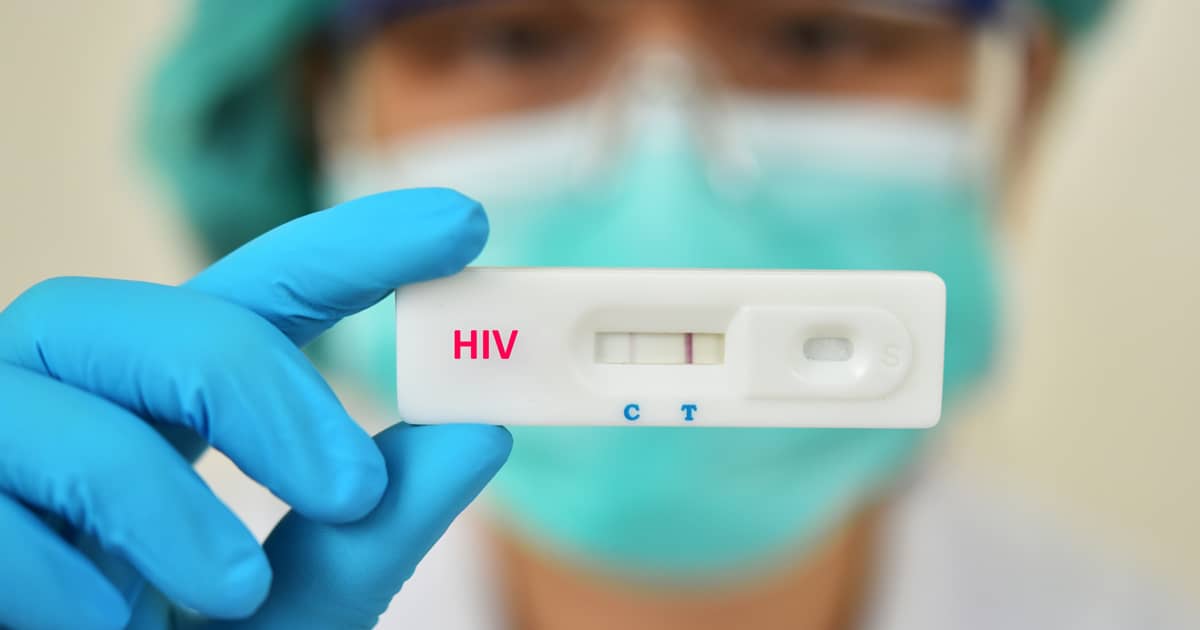The number of HIV cases transmitted from mothers to their children has spiked significantly in recent years, according to a new report from the Department of Health (DOH), raising concerns among health authorities and advocates.
Between January 2020 and March 2025, the DOH recorded 202 cases of mother-to-child transmission—more than half of the country’s total 401 cases of this kind since 1984. Just in the first quarter of 2025, 17 new cases were reported via this transmission route.
While sexual contact remains the dominant mode of HIV transmission, accounting for 96 percent of the 148,831 total cases logged from 1985 to March 2025, the increase in mother-to-child cases highlights growing challenges in prevention efforts.
Data show that male-to-male sex was the most common source of infection, contributing over 89,000 cases. Meanwhile, infected needle-sharing accounted for two percent or 2,627 cases, and no new cases have been linked to blood transfusion since 2012.
Regional data also revealed that most mother-to-child transmissions were concentrated in Metro Manila, Calabarzon, and Central Luzon, which accounted for 57 percent of such cases.
The Catholic Church has also stepped in to support those affected. In a recent radio message, Bishop Oscar Jaime Florencio, vice chairman of the CBCP Episcopal Commission on Health Care, urged young people living with HIV to seek support.
“We know that you are part of the Church we serve and love. We want to reach out and (let you) be cured,” Florencio said in his appeal over Radio Veritas.
He also stressed the importance of breaking the stigma: “Don’t be afraid to come out and avail of the intervention that the Episcopal Commission on Health Care is doing.”
The DOH continues to call for increased awareness and prevention efforts, especially among vulnerable sectors, to curb the spread of the virus and provide access to timely intervention.






